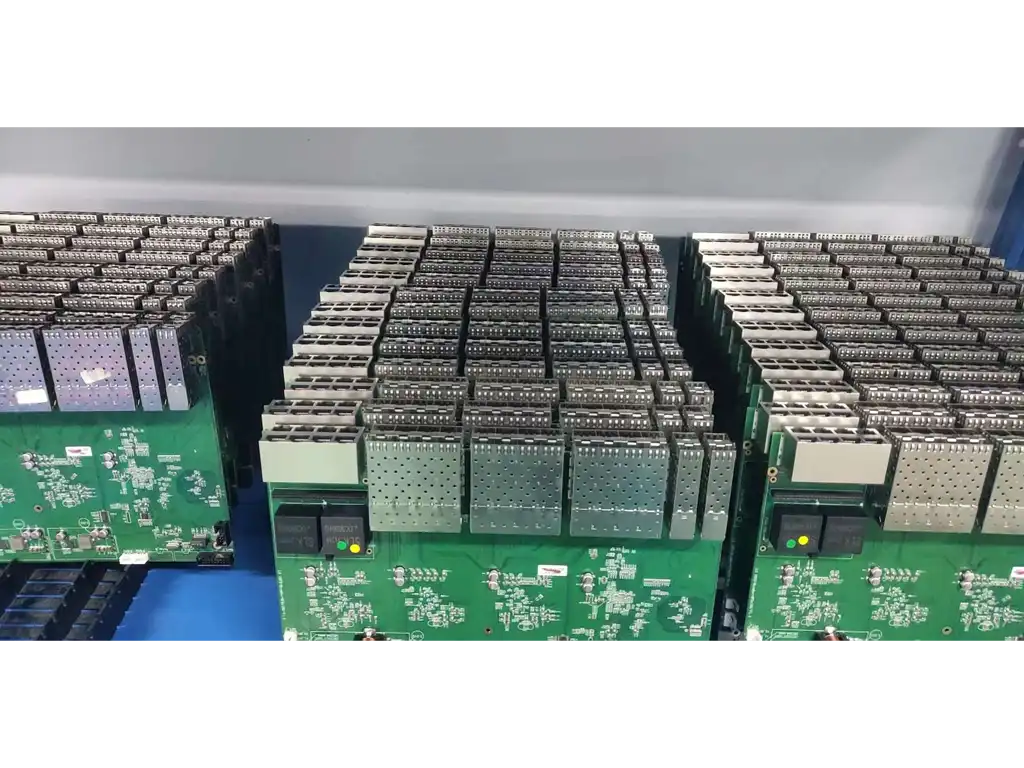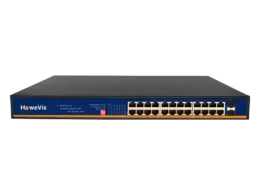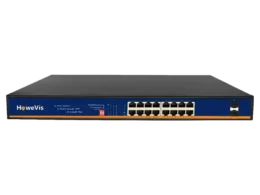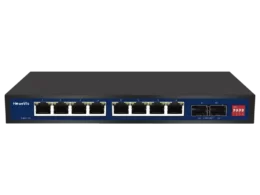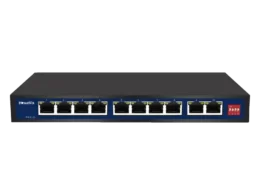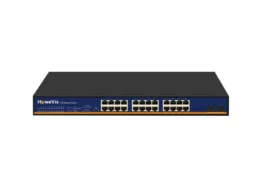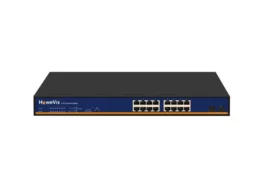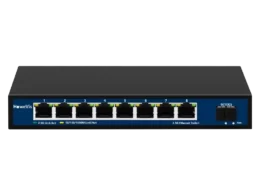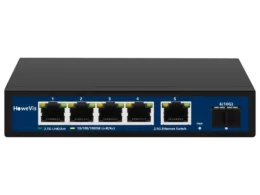When it comes to networking, understanding the differences between a hub and a layer 2 LAN switch is essential. While both devices are used to connect multiple devices to a network, they operate in very different ways. This article will explore the technical differences between hubs and switches and why they matter to network administrators.
What is a hub, and how does it work?
A hub is a networking device that connects multiple devices to a network. It operates on the physical layer of the OSI model, which means it simply receives data packets from one device and broadcasts them to all other devices connected to the hub. This can lead to network congestion and slower data transfer speeds as all devices connected to the hub compete for the same bandwidth. Hubs are generally considered outdated technology and have been largely replaced by switches.
What is a layer 2 LAN switch, and how does it work?
A layer 2 LAN switch is a networking device operating on the OSI model’s data link layer. It connects multiple devices to a network and uses MAC addresses to forward data packets only to the intended recipient rather than broadcasting them to all devices like a hub. This reduces network congestion and improves data transfer speeds. Layer 2 switches also have features such as VLAN support and port mirroring, making them a more advanced and efficient option for network administrators.
PS16G2F is a new generation Power over Ethernet switch with 16-Port 10/100/1000Base-TX and 2 Gigabit SFP that provides stable and reliable Ethernet transmission offered by HoweVision, with high-quality design and reliability. It is positioned in the broadband network market to provide and realize Ethernet data exchange, convergence, and long-distance optical transmission with efficient bandwidth and reliable fiber optic network solutions for users.
What are the key technical differences between a hub and a layer 2 LAN switch?
The main technical difference between a hub and a layer 2 LAN switch is how they handle data packets. A hub broadcasts data packets to all connected devices, while a layer 2 switch uses MAC addresses to forward data packets only to the intended recipient. This reduces network congestion and improves data transfer speeds. Layer 2 switches also have features such as VLAN support and port mirroring, making them a more advanced and efficient option for network administrators.
- Backplane bandwidth: 56Gbps;
- Packet forwarding rate: 47.616Mpps
- Support 10K bytes giant frame, compatible with various extension protocol
- 8K MAC address table
What are the advantages and disadvantages of using a hub vs. a layer 2 LAN switch?
The main advantage of using a hub is its simplicity and low cost. Hubs are easy to install and require minimal configuration, making them a good option for small networks with low traffic. However, the downside of using a hub is that it can cause network congestion and slow down data transfer speeds. On the other hand, layer 2 LAN switches offer better performance and security features, but they are more expensive and require more configuration. Ultimately, the choice between a hub and a layer 2 switch depends on the specific needs and budget of the network.
16×10/100/1000Base-TX RJ45 ports, 2xGigabit SFP/ 16xPoE
PoE long distance: Extend 250M transmission
AI QoS: Video data first, more fluent transmission
AI VLAN: Avoid the internet storm and enhance the networkability
PoE watchdog: Automatic self-checking, reboot the device while finding it fake dead
How can network administrators determine which device is best for their network?
Network administrators should consider the size and traffic of their network, as well as their budget and security needs, when deciding between a hub and a layer 2 LAN switch. A hub may be a cost-effective option for small networks with low traffic. However, for more extensive networks with higher traffic and security concerns, a layer 2 switch may be necessary. It’s important to weigh the pros and cons of each device and choose the one that best fits the network’s specific needs.
